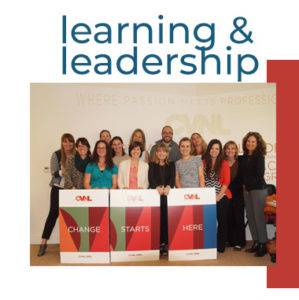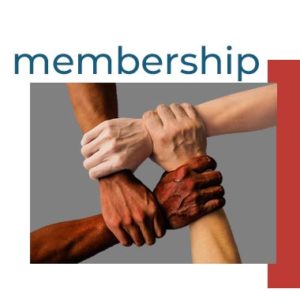Fund Development – Planned Giving is Easier than you Think
Give a fund development professional a budget and a list of things to do, and they know just what to do to raise money for a charity. But when they are faced with creating a planned giving program or campaign, it is likely their first response is that they don’t have the time or expertise. It’s complicated, they’ll say. It takes special training, they’ll think. It doesn’t have to be! Planned giving does not have to be complicated but it just has to be done right and while there are some detailed plans that may involve tax and legal advisors, 90% of gifts can be handled with love and language.
CVNL’s Fundraising Peer Learning Network was pleased to host our December webinar with a guest speaker whose extensive planned giving knowledge helped demystify many of our existing beliefs about this element of fundraising. Sue Dishart, Planned Giving Officer for the American Diabetes Association ® (ADA) presented an entertaining and straightforward approach that debunked many of our beliefs and made planned giving seem within easy reach.
Here is a breakdown of what Sue shared that may help you take your first step towards creating your own planned giving plan. As Sue herself said in her presentation; this is offered as information and is not tax or legal advice.
Some examples of Planned Giving:
Blended Gifts: Someone who donates regularly to a charity and plans to bequeath funds after their death is known as a blended giver. More and more people are adopting this way of giving and it behooves you to discuss a planned gift option with donors who regularly give to your charity.
Stocks: Stock transfers sound complex but you don’t have to know how the stock market works for this to work for your agency. What you do need to know and what you want to share with potential donors is this: donors can limit taxes on stocks that are donated directly to a charity. These fall into the category of Appreciated Asset giving. When discussing donations, ask your donor if they’d be open to looking at a giving model that will minimize their tax requirements. If they’ve been successful in the market and like the idea of decreased taxes, this might just be the deal for them.
Have a stock transfer document uploaded to your website and have it on hand for anyone interested. You can ‘adopt’ language from a variety of online sources like the American Red Cross for example. Copy their stock transfer language, add your organization information and voila! You have begun. In fact, you can find examples of most documents on organization websites.
IRA’s and 401ks: A Qualified Charitable Distribution or QCD is a direct transfer of funds from an IRA custodian, payable to a qualified charity. In addition to the benefits of giving to charity, a QCD excludes the amount donated from taxable income, which is unlike regular withdrawals from an IRA. At the age of 59 ½ all IRA/401K holders can utilize a QCD.
At the age of 72 ½ owners of IRAS are required to start taking money out (Required Minimum Distribution or RMD). If you have a donor who regularly gives you an annual donation and is around this age, approach them with the idea of donating directly out of their IRA instead of withdrawing funds and writing a check. It will save them in taxes if they give directly from the fund. And because you’ve saved them money they just might be able to give you more!
No budget for planned giving?
No budget for planned giving?
- Include messaging in PS messages
- on the end of letters, thank you notes
- Put an ad in your own event brochure
- Use social media posts
- Send out an email around the
- planning months of the year:
- January – getting organized
- April – taxes
- Summer – thinking of time to relax
- September – back to routine
- December – thinking of loved ones and charities today and in the future
- Tell your staff and anyone who may answer a phone or email…YES, we love to accept planned gifts
- Have a “contact us” on the website
- Know your bequest language
There was so much more that Sue shared but it just isn’t possible to put in all here. We are hoping to organize a more in-depth webinar around this topic next year, and we will bring this conversation back to the PLN in about six months to see how many have started communicating about planned giving to donors and how they are doing with it.
Do yourself a favor and find the time to research Planned Giving as an option for your organization. Planned giving results in ten times the revenue in the long run of any other donor-based program.
Get motivated, get advice, and get going!








